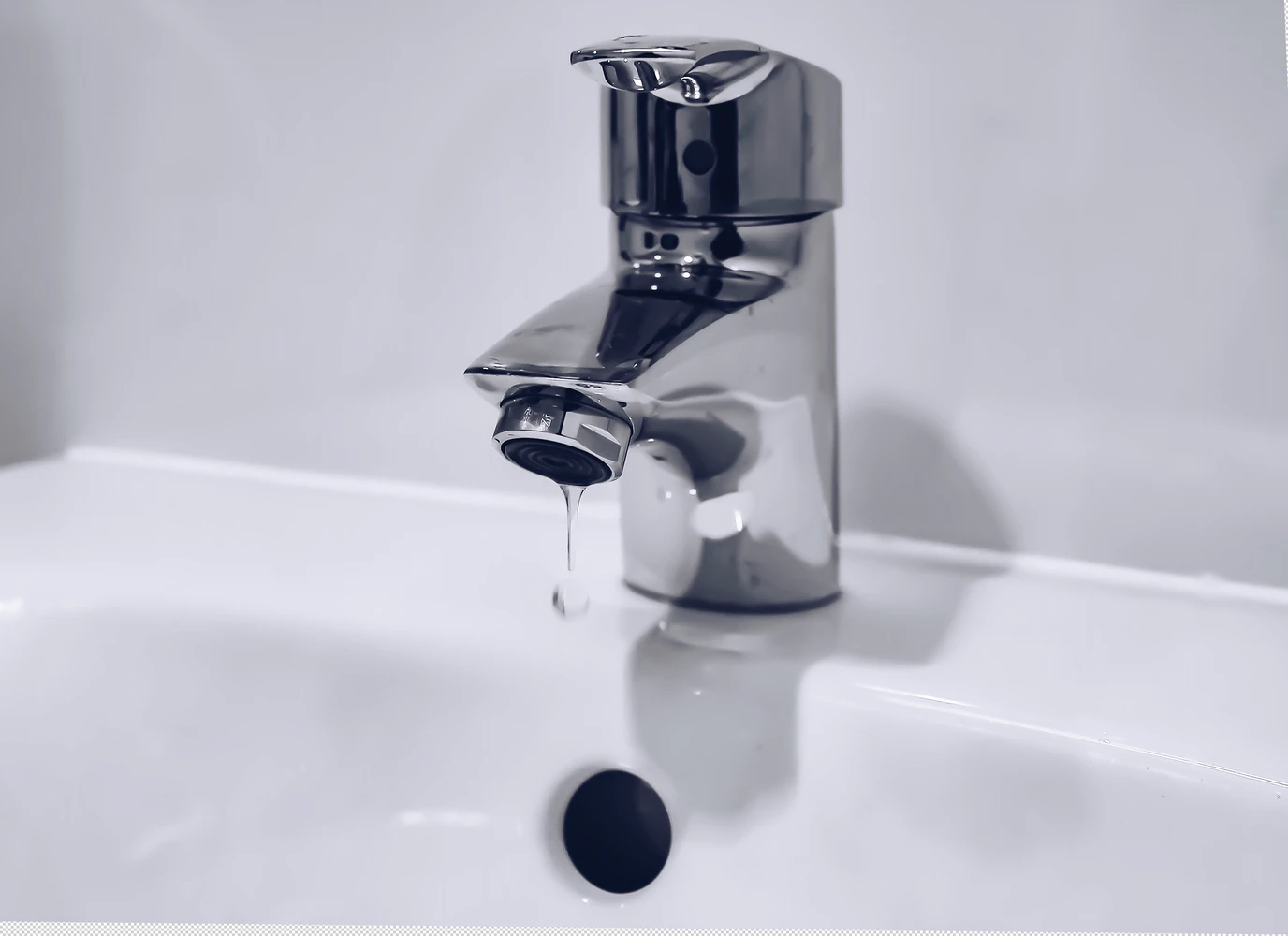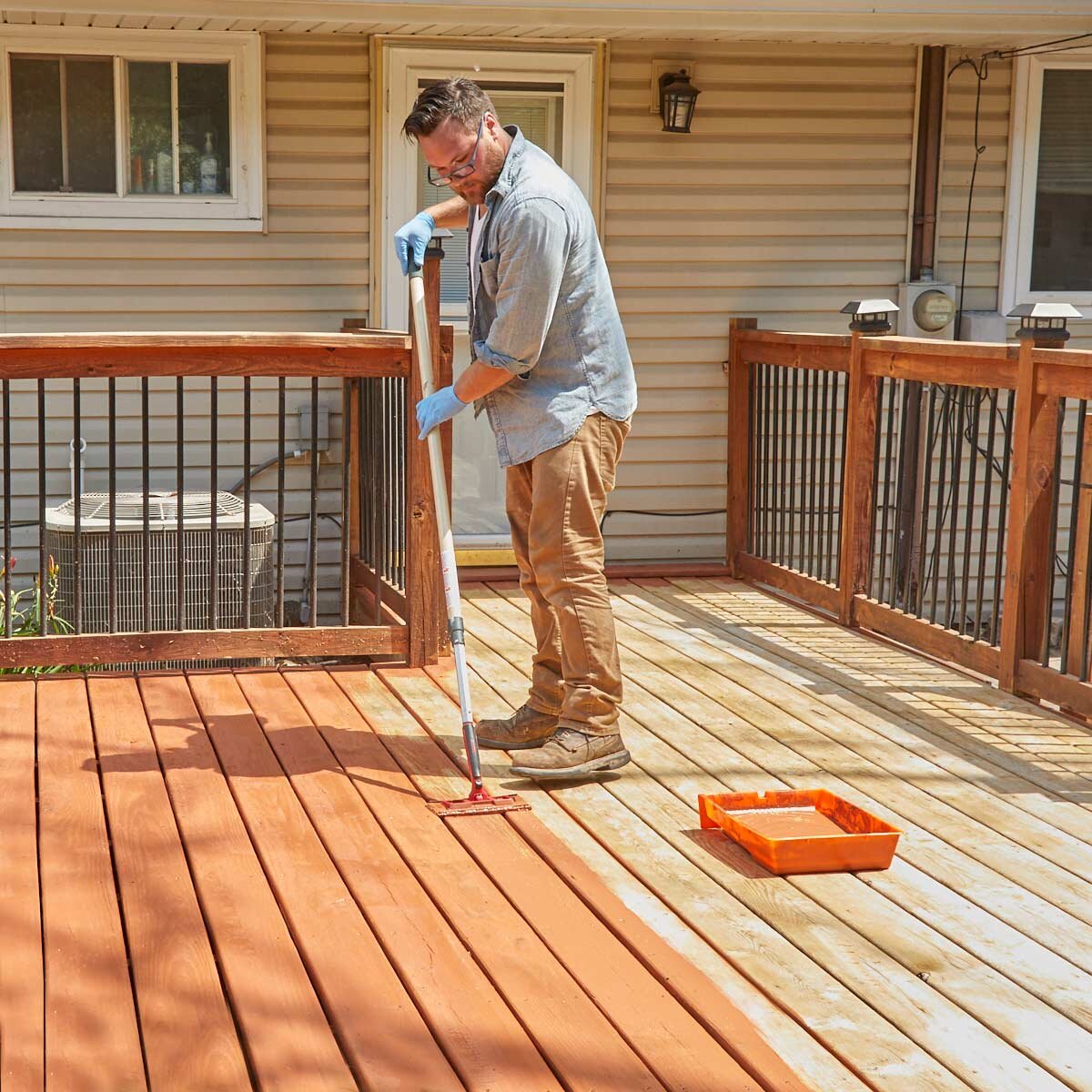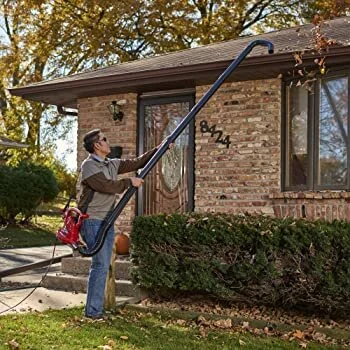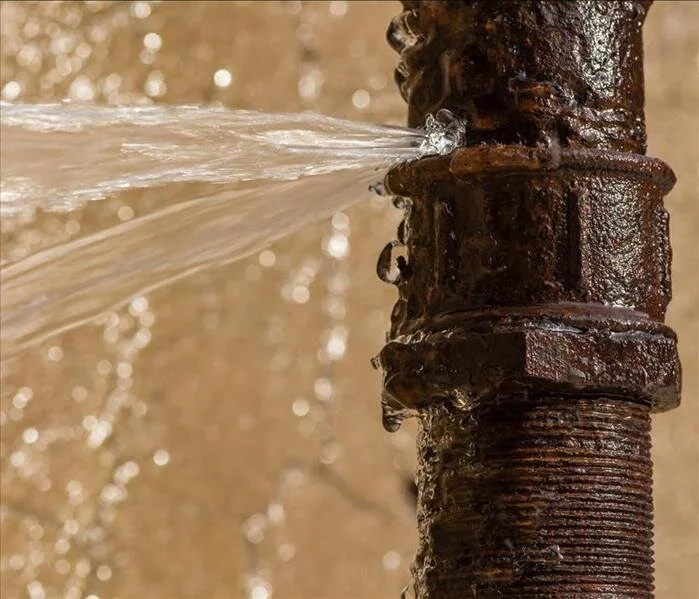How to Have Clean Water in Your Home and Clean Your Pipes
RH Business Marketing Solutions
From cleaning to hygiene to cooking and even just for drinking, the importance of access to clean water can’t be overstated. There are a variety of reasons that water is so important but it’s more than just your basic health needs when we talk about clean water in the home. It will also help you to keep your home clean and help pipes and appliances last longer.
There are a few things that you can do to help improve the water quality in your home.
Assessing Your Water Quality
While there are plenty of places around the world that definitely don’t get the water they need, some households are lucky enough to have the water they need. That’s why it’s a good idea, when possible, to get a water quality report to give you a better idea of what your water is like and what you need to use to maintain better water quality.
According to Food and Water Watch, people in the United States can look at their water quality report just by default. This report will tell you the source of your drinking water, the state’s source water assessment, the detected contaminants, the number of contaminants, and the potential health effects of those contaminants.
The water report should also include the regulations and goals for drinking water contaminants as outlined by the United States Environmental Protection Agency.
Using Water Filters
One of the most common ways to help improve the water quality in your home is to turn to the help of a water filter. Water filters work to remove particles from the water. This can include everything from suspended particles to more nefarious components like parasites and viruses.
That being said, not all water filters work the same. There are different types of water filters you can depend on ranging from whole-home systems to more targeted options like a filtered pitcher in your fridge.
The only downside to water filters is that most types filter the water once it’s no longer in the tap. As a result, these options aren’t going to help very much when it comes to protecting your pipes and plumbing.
Using Water Softeners
Water softeners are different from water filters but not in a complicated way that makes them harder to use. This type of device is used to remove certain minerals from your water like calcium, magnesium, and other potentially harmful minerals.
This is good for more than just your personal health, though. Water that has been through a water softener is better for the items around your home as well. For example, it can help with any cloudiness and in your glassware and it will be gentler on your pipes in the long run.
Like water softeners, there are plenty of different types of water softener systems out there and you can explore some of the best options to fit your home.
Boiling Water
If you don’t have access to clean water and you aren’t looking for a whole-home system, one tried and true way to purify your water is to boil it. This will help to kill bacteria with heat, much the same way as cooking your food can help it in this way.
However, the solid particles in your water won’t simply vanish if you boil the water. You’ll want to take the extra step of straining the water to get any larger pieces out before using it. This way, you’ll be able to thoroughly clean your water before use or consumption.
The downside, of course, is that it takes time to boil water and it takes more time for it to cool if you’re planning on using it as drinking water or need cold water for something. Of course, this isn’t going to help your water before it comes out of the tap which means that it isn’t the best choice when you’re trying to protect your pipes from harm.
Iodine to Purify Water
Another common option to purify water is to use an iodine solution which is also available in the form of a tablet or as crystals. This is a readily available option that is easy to use but it does have some downsides. This includes the fact that you won’t want to use this if you or someone in your household is pregnant and it only addresses your water once it has left the tap, not protecting your pipes.
Conclusion
In the end, there are a number of different ways that you can purify the water in your home. However, if you want to protect your pipes as well as your home, your best bet is probably to opt for a water softener that targets problems in your house’s plumbing system. This will help protect your pipes and your usable water.
Guest Contributor: Buddy Murphy














